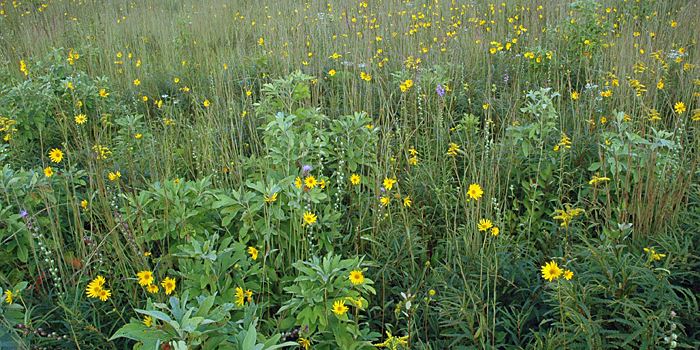In the Footsteps of Moseley

By Karen Menard
If Edwin Moseley traversed the Oak Openings today, he would still see towering oaks, tallgrass prairies and much biodiversity. However, over the years, the openings between the oaks have indeed become smaller and the land more fragmented.
Conservation efforts facilitated by Metroparks and other partners in the Green Ribbon Initiative have continued to connect and restore land parcels in this important corridor to benefit wildlife, rare species and people. A good way to view these connections is to hike or bike the Moseley Trail.
Pick up the first 1.9 mile completed section of the trail from Wiregrass Lake or Secor Metropark on foot or a bike and plan an autumn adventure just in time for the fall color display next month. Named for noted naturalist and educator, Edwin Lincoln Moseley, who studied the unique plant communities in the Oak Openings region, this trail crosses the same ecosystems that he once studied.
A true pioneer of outdoor science, Moseley taught high school and college for nearly half a century and routinely involved his students in field research. Known as “Reader of the Rings,” he was also able to make accurate long-term weather predictions by studying tree growth rings. Many interesting works on a variety of topics were published as a result of his research.
Produced in 1928, Moseley’s “Flora of the Oak Openings” contributed greatly to the botanical knowledge of this region and illustrated the vast amount of biodiversity the Oak Openings encompassed.
Object reference not set to an instance of an object.
Thanks to continued preservation efforts in many areas of the region, you can still wander through some of the unique and rare sand barren, prairie, oak savanna and flatwoods plant communities that Moseley roamed over 100 years ago.
Did you know?
Moseley was recognized in Ripley’s “Believe it or not” for having taught 45 years without missing a single class! Five species were named after Moseley, including a bird, a fish, a coral and two plants.